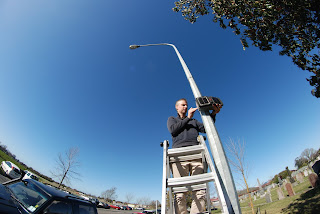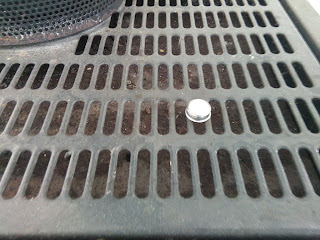Our first animated air quality maps

In a recent post we revealed our first map of local air quality , created solely from our network of low-cost air quality sensors - the ODINs (Outdoor Dust Information Nodes). This map is based on the average levels of airborne particles over nearly a whole month (August 2016). This data was collected by 16 ODINs spread across our study town of Rangiora. But we are actually recording data every minute. And the pattern of pollution can change rapidly. But really, you don't want to just take my word for it - the data is crying out to be animated. Luckily for us, NIWA has some pretty nifty visualisation software that we routinely use to create brilliant weather and climate graphics like the one below (I highly recommend 'liking' NIWAWeather on facebook). So, what happens when we plug the ODIN data into the same computer system? Below is our first attempt. It depicts two days of air quality data from 2016. Note the time in the top left corner.

